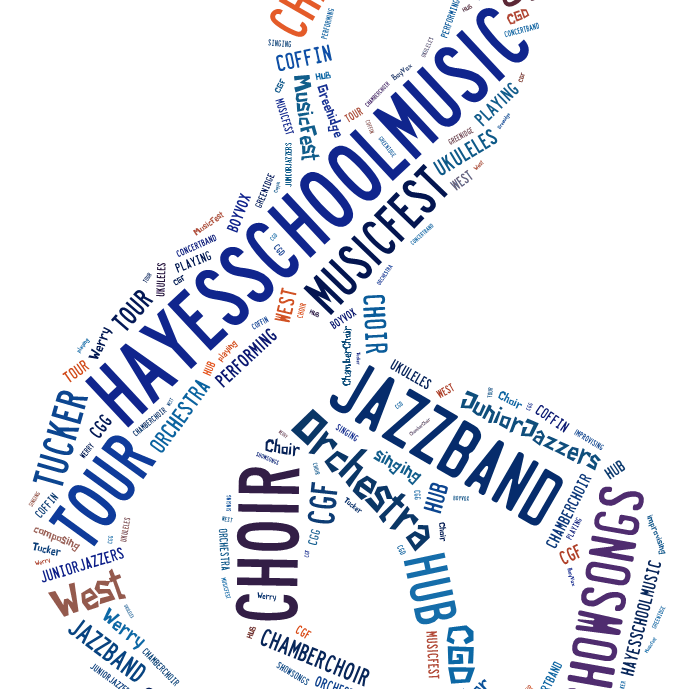This is the second movement from Mozart’s Sonata for two pianos, K.448. Mozart wrote this piece in 1781 placing it in the middle of the classical period:


Wolfgang Amadeus Mozart was born in 1756 in Salzburg. He was a child prodigy. From the age of five he was competent on keyboard and violin and he was composing his own music. He went on to compose more than 600 works and he is considered among the greatest classical composers of all time.
The word ‘sonata’ comes from the Italian word for sounding. In the Classical period, ‘sonata’ came to mean a work in several movements, usually three.
This sonata is written in the key of D major. The three movements are
- Allegro con spirito (Italian for lively with spirit)
- Andante in G major (going at an easy pace)
- Molto Allegro (very fast)
Today’s extract is the second movement which was written in ternary form. Ternary form (ABA) refers to the structure of the piece and consists of three sections; section A, a different section B, and a return to section A.

An interesting fact about this piece is that it was used by scientists to investigate whether listening to Mozart could improve the brain’s spatial reasoning skills. This became known as the “Mozart effect” but the results of the study have proven to be controversial. Read more about it here:
